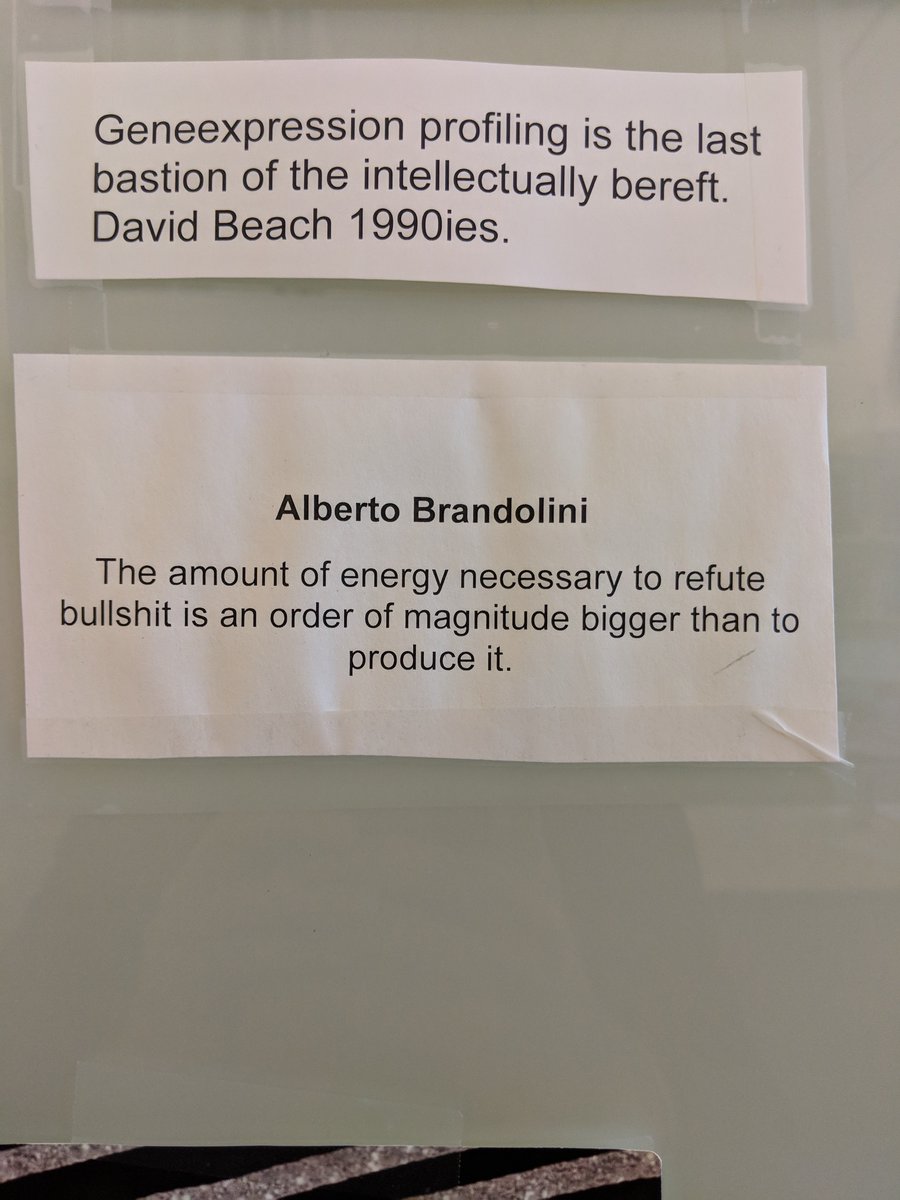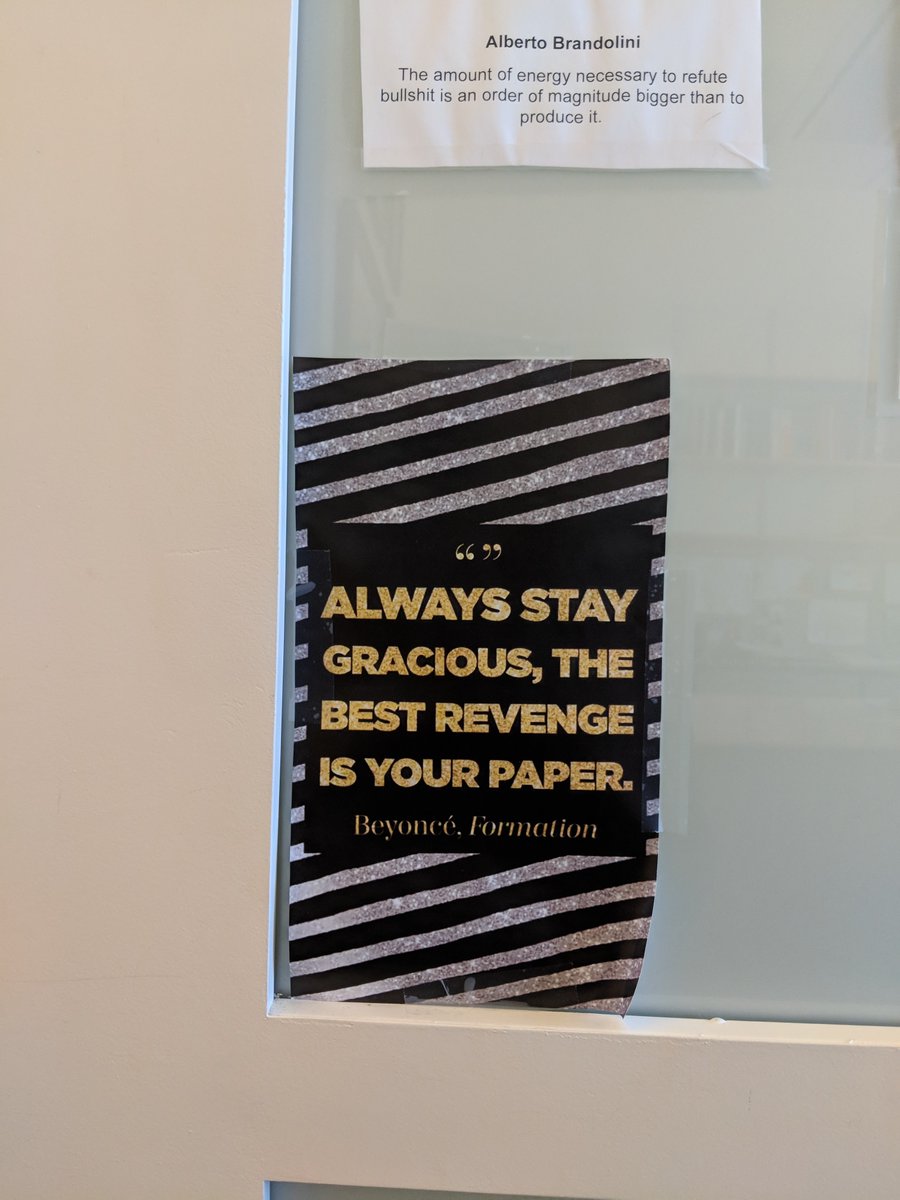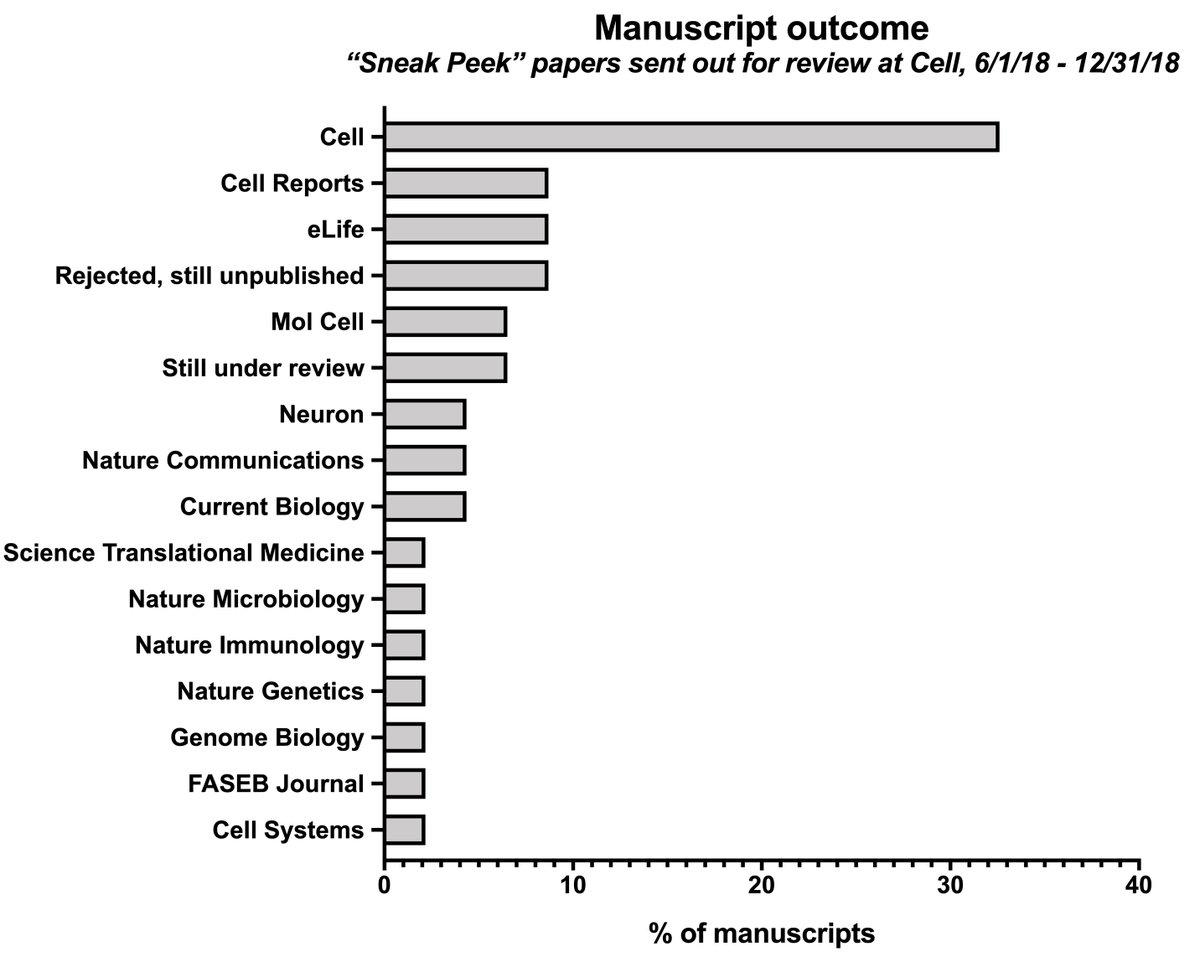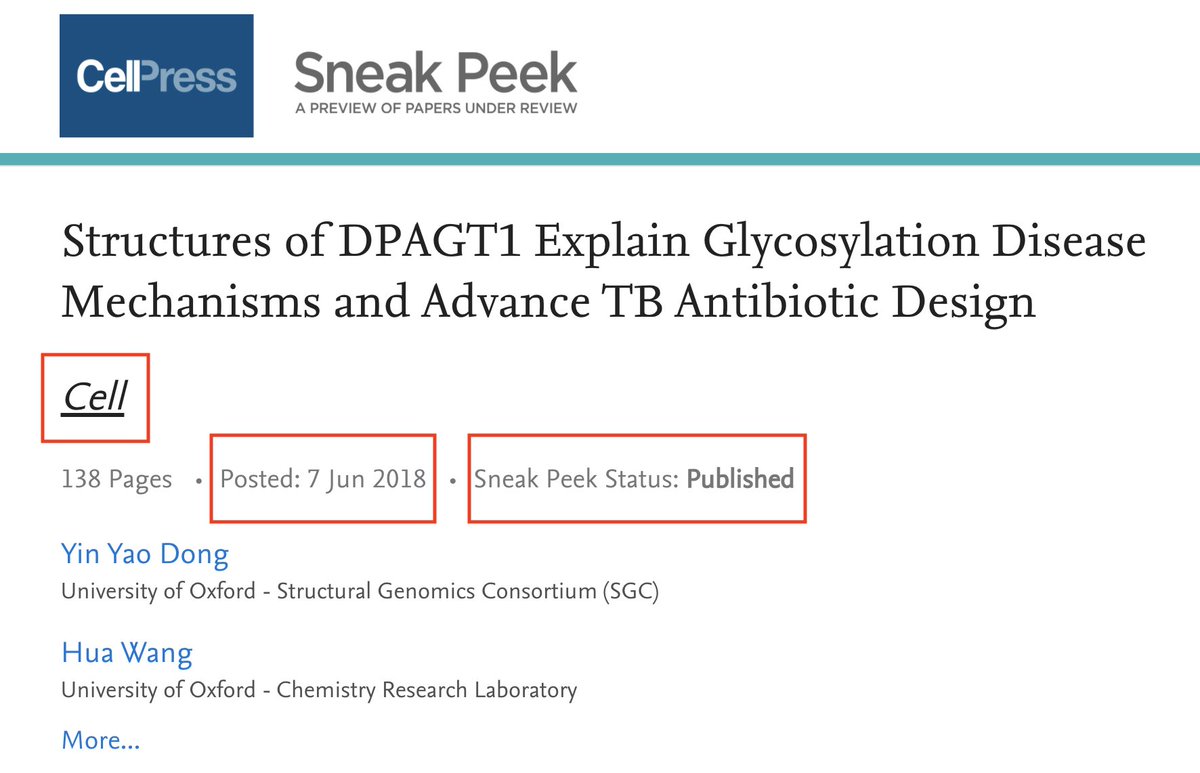
Angelika Amon passed away this morning. She was the greatest scientist I’ve ever met. This is a huge loss for her family, her friends, and for every biologist.
As a grad student with Kim Nasmyth and then an independent fellow at the Whitehead, Angelika changed our understanding of the cell cycle. 
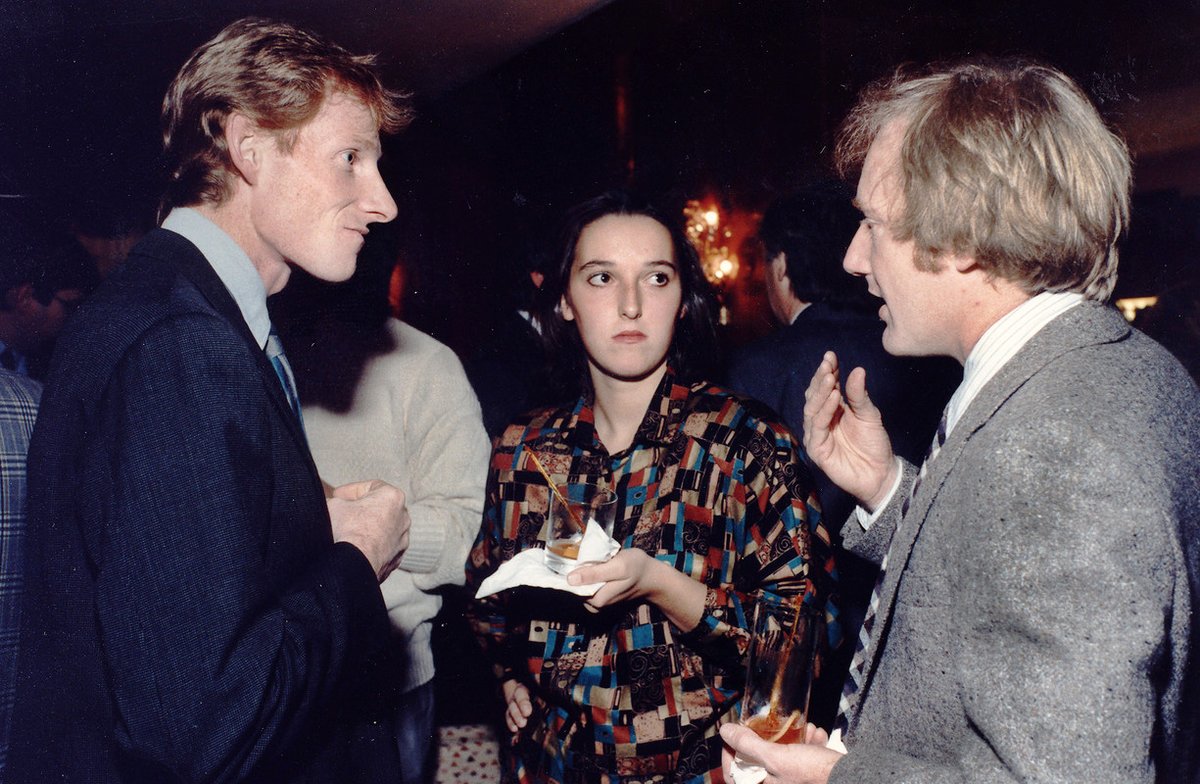
People thought that cell cycle kinases just got degraded at the end of mitosis, but she showed that regulated phosphatase activity was actually crucial to completing the cell cycle and re-entering G1: 

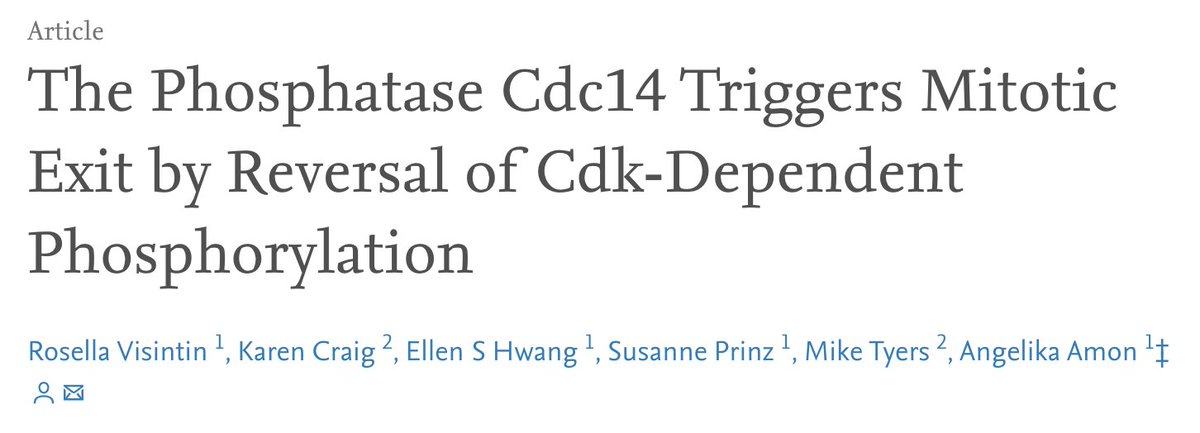
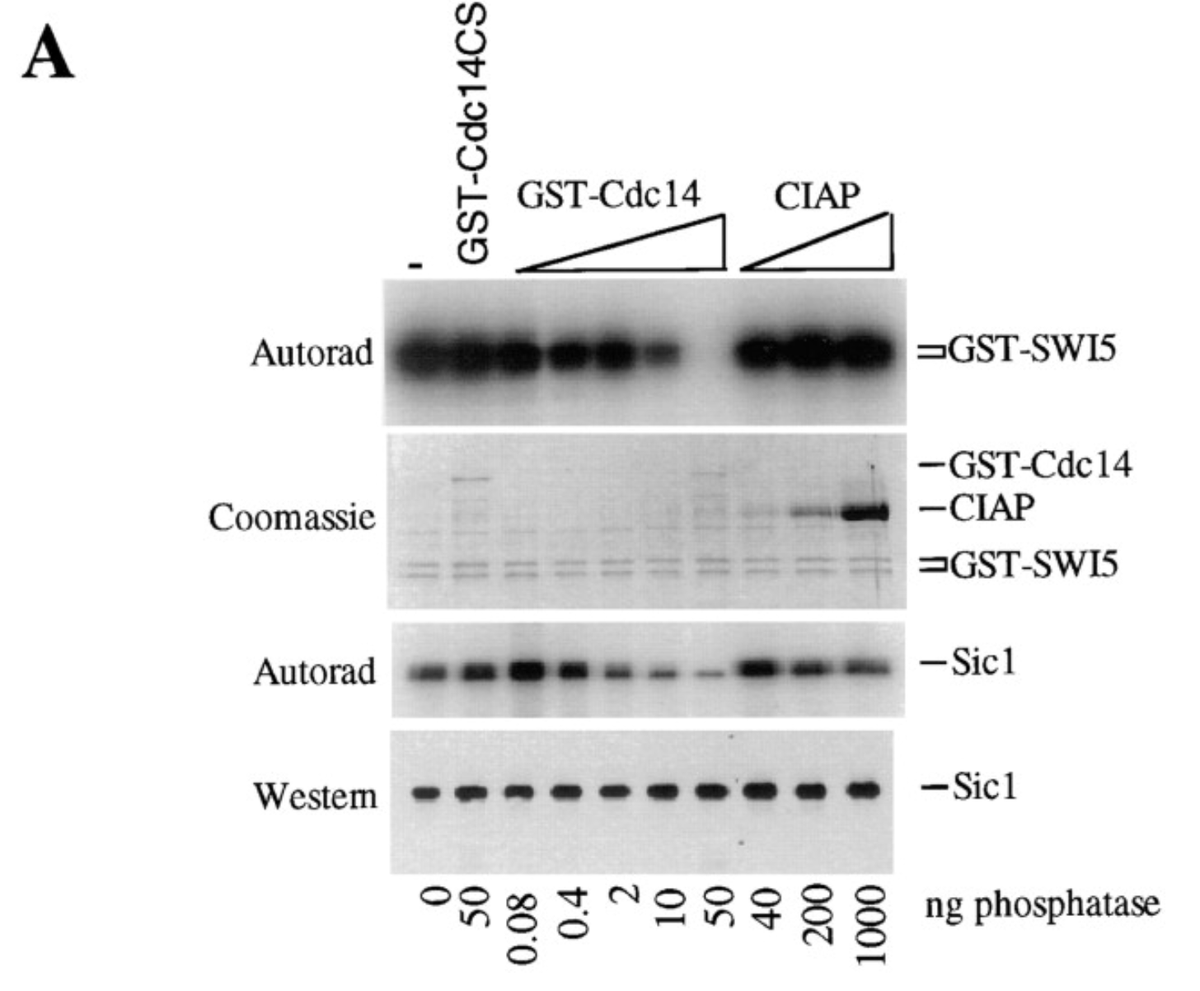
People today are very excited about “phase separation” - she was already studying it 20 years ago. She discovered that the phosphatase CDC14 was sequestered in a phase-separated nuclear compartment - the nucleolus - and it had to be released for cell cycle exit: 


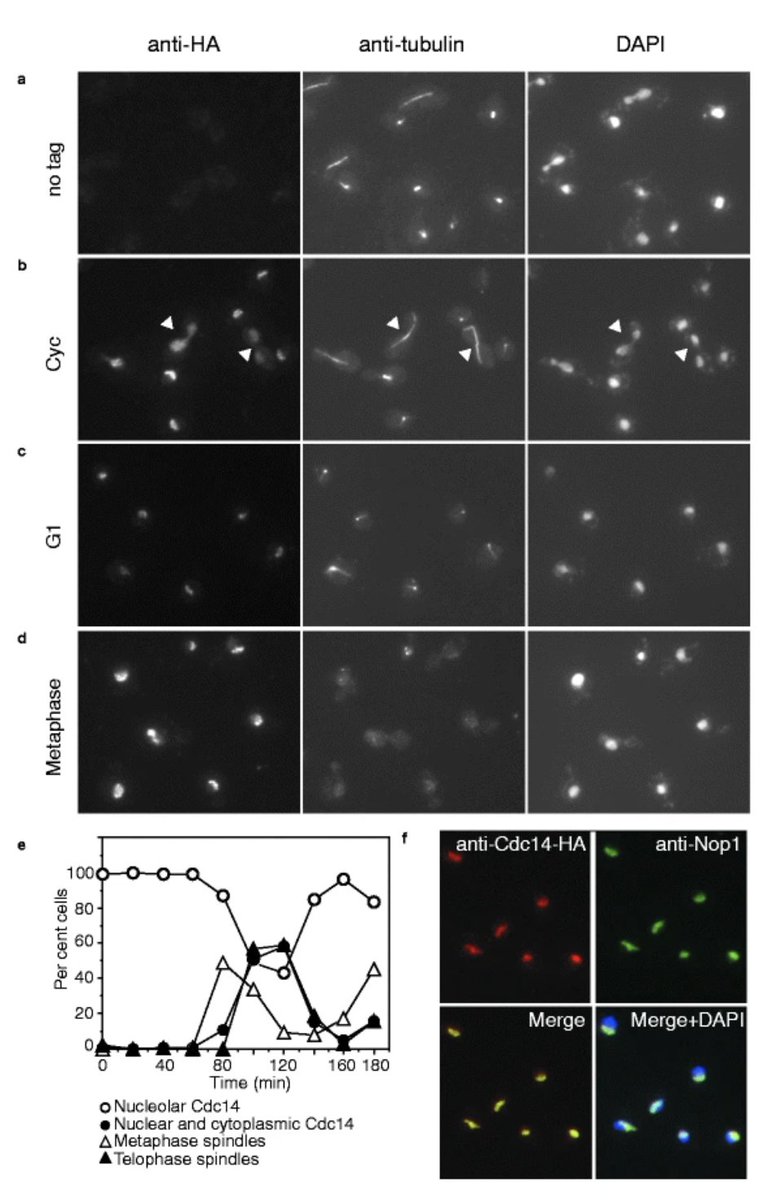
As a faculty member at MIT, she established the field of aneuploidy biology, and developed tools to study aneuploidy in yeast and mammalian cells: 

I joined Angelika’s lab as a grad student in 2009. It was an incredible environment to do research, and I learned so much from her. Here’s all of us gathered together for her 50th birthday party in 2017. 
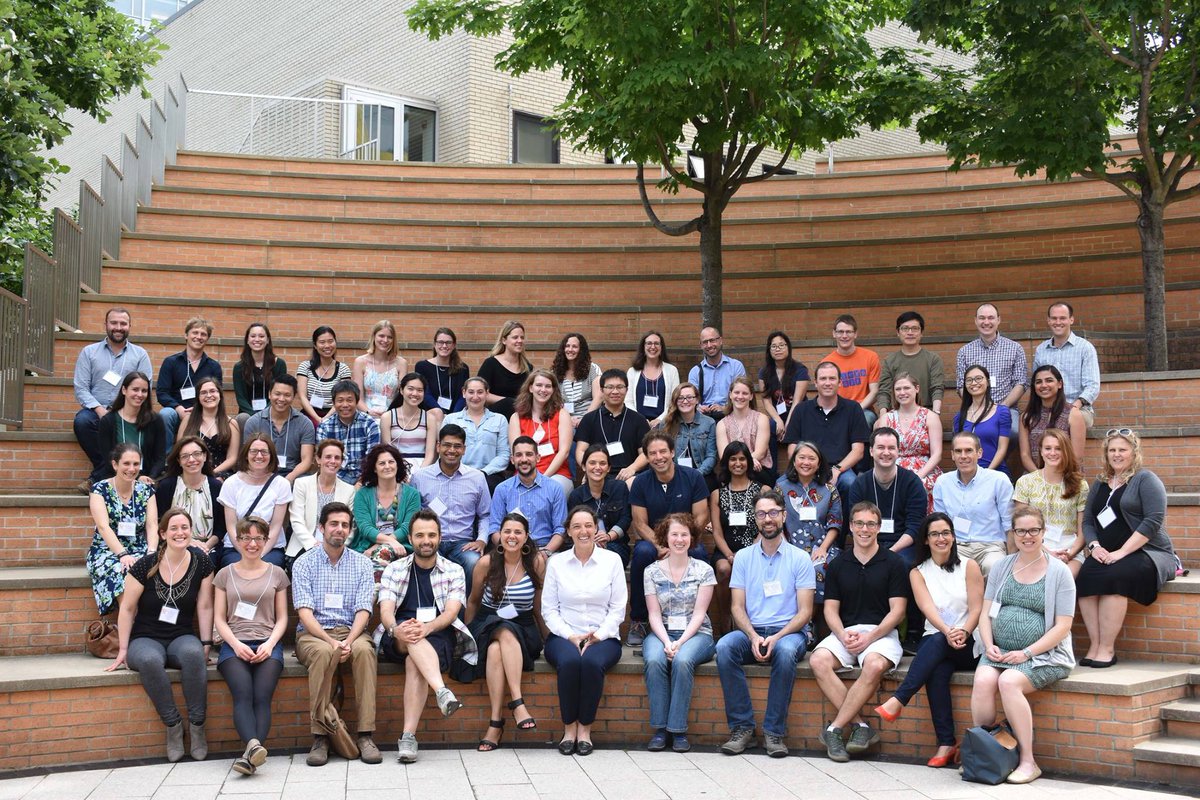
People who’ve met Angelika knew that she was a big talker. But she could always back it up.
Like, she always talked about how good her hands were in the lab. I was skeptical - all PI’s say they were great in lab! But then one day we played flip cup - her 1st time playing - and she was flawless, beating people who had played for years. Unbelievable dexterity. 
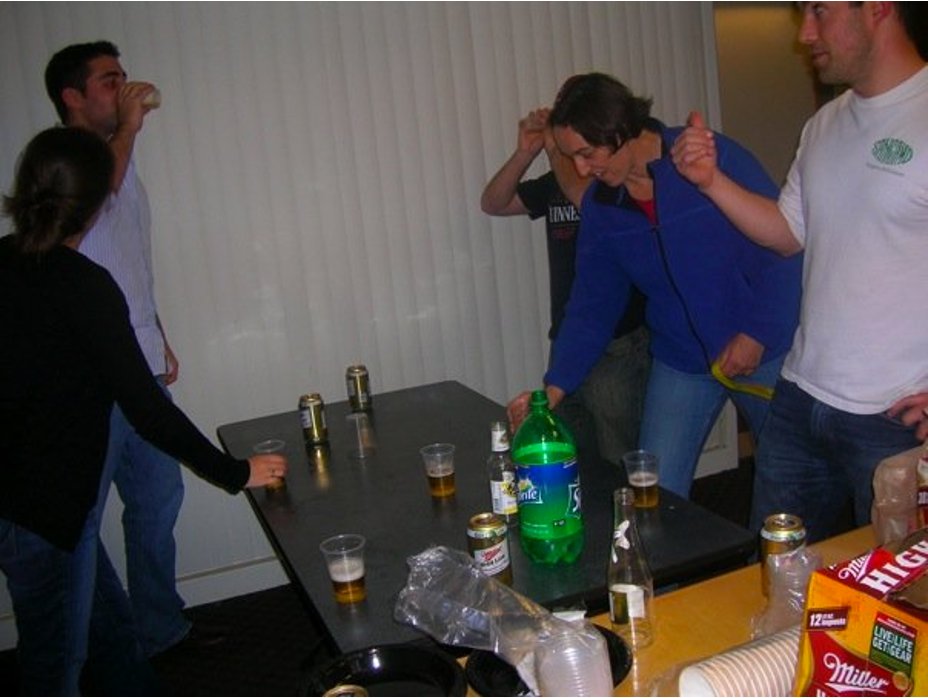
Angelika was also the most rigorous scientist I’ve ever met. She grew up in yeast genetics - she believed in knockouts, suppressor screens, and genetic pathways. She was skeptical of microarrays, RNAi, and any experiment where you needed a p-value to prove a point.
Angelika was a *huge* supporter of women in science, as you can tell by her scientific progeny - @Marston_lab @kristinknouse @brarkeley Elcin Unal, Rosella Visintin, and many others.
When @joans and I tried to write up our study on gender biases in lab composition, a few members of the faculty were unsupportive. But Angelika let us know that she had our backs and she pushed us to publish our results.
The MIT grad students all loved Angelika, because she was hilarious and outspoken and wouldn’t tolerate any BS. One graduate class edited her wikipedia page to say that she was the best biologist to come from Austria since Gregor Mendel (truth).
She loved Sex and the City, Mick Jagger, and Tom Brady (until someone showed her a picture of a MAGA hat in his locker).
There’s so much more I could say. She was the best advisor I could ask for. Thank you Angelika - the King of Chromosomes 
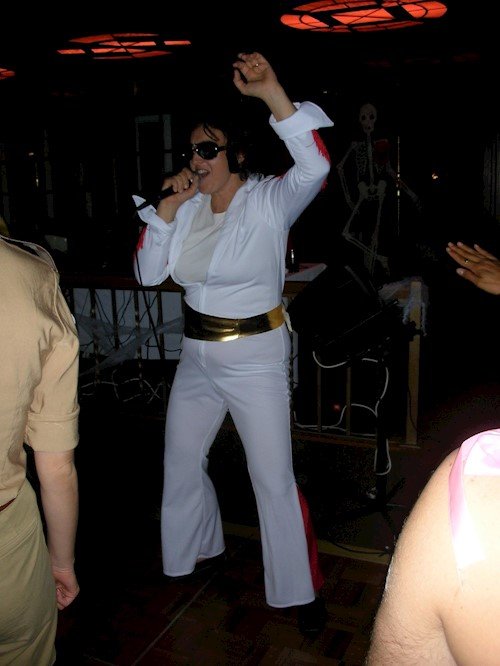
• • •
Missing some Tweet in this thread? You can try to
force a refresh
